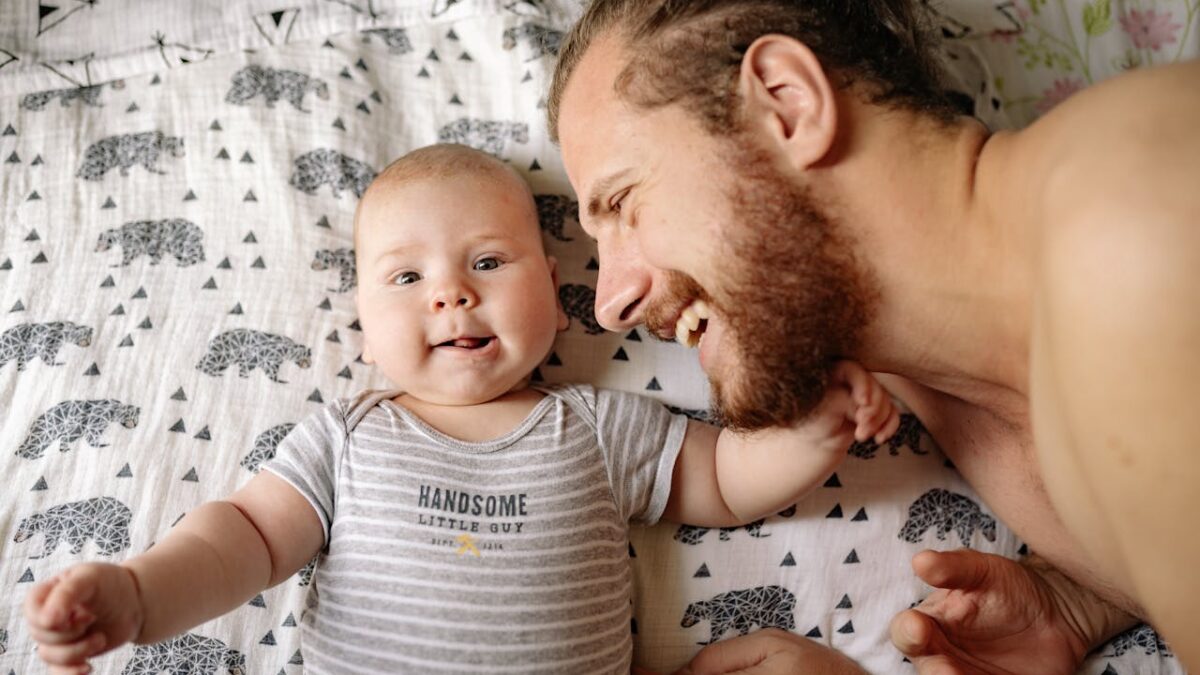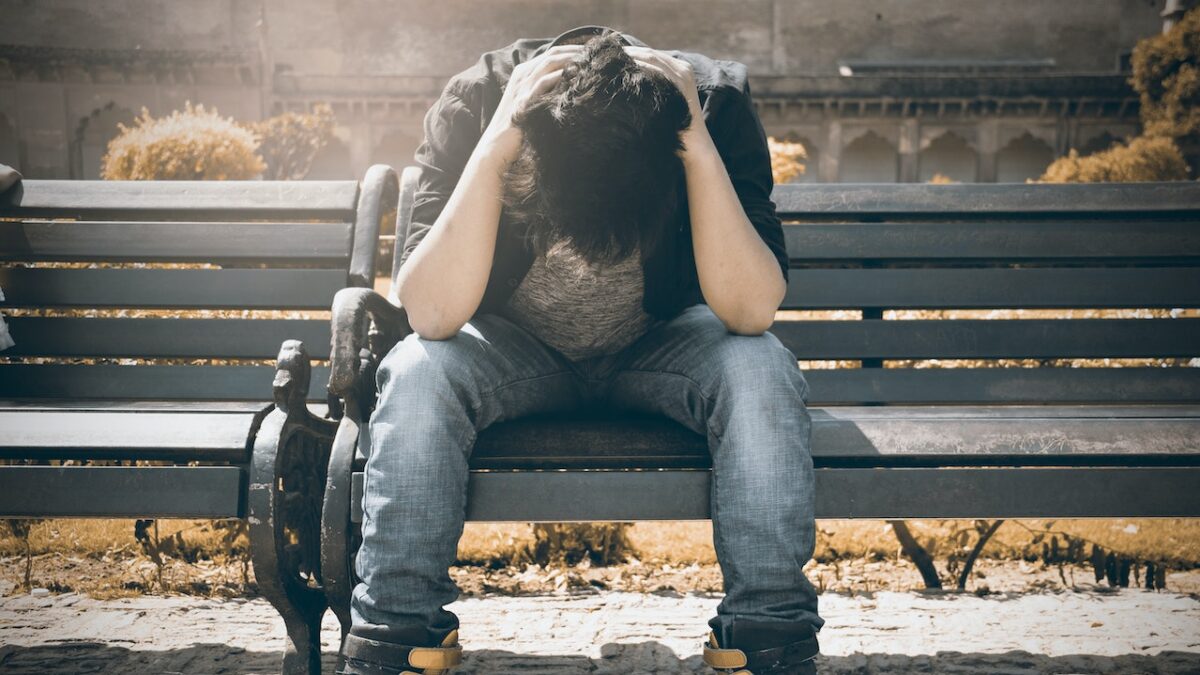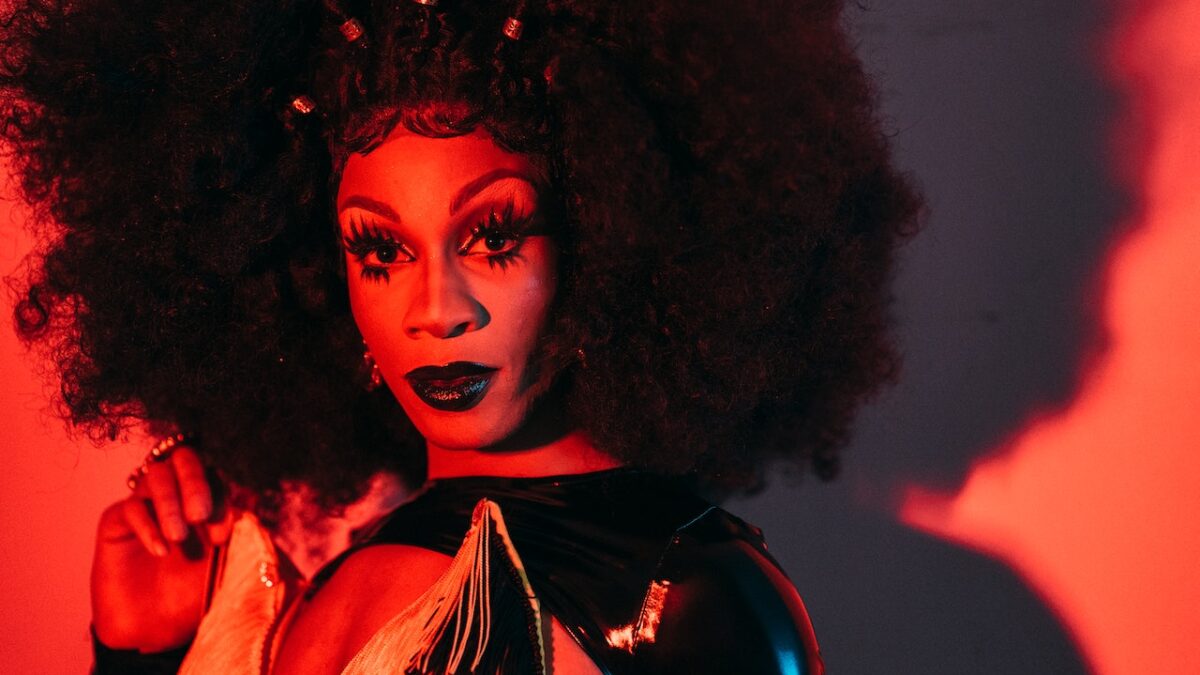
“[L]esbian as a category” is vanishing, warns lesbian journalist Katie Herzog over at Andrew Sullivan’s Weekly Dish. She laments that being an out and proud lesbian is no longer cool and notes how women who like women are increasingly “coming out as nonbinary or as men” instead.
Herzog noted this just days before “Juno” and “The Umbrella Academy” star Ellen Page announced on December 1 that she is no longer a lesbian because she’s now a “he” named Elliot. She explained, “I can’t express how remarkable it feels to finally love who I am enough to pursue my authentic self.”
Ellen is still married to dancer Emma Portner. Thus, it is unclear what that makes Emma now. PinkNews reported that someone “clumsily” asked her this very question on Instagram, to which Emma curiously replied, “I hope you know my sexual preferences and gender identity are none of your business.”
But it does appear Emma is no longer a lesbian, explaining, “Release your labels of me. I am as fluid as can be.” It certainly was not the questioner who brought up labels. Emma throws them out like candy, describing her new husband (?) as “trans, queer and non-binary” and herself as “genderqueer.” Lesbian is no longer in their lexicon.
It’s more than celebrities. This is a nationwide trend. Lesbian bars are drying up at such a rapid clip that the Lesbian Bar Project is here to save them. While there are more than 63,000 bars across America today, only 15 of them are the lesbian type.
Alabama has precisely as many as California: one each. Texas is the only state with two. New York has three, all in Gotham. This is a dramatic decline from the roughly 200 lesbian joints that dotted our nation in the late 1980s.
LGBT Unfolds as an Attempt to Erase the Sexual Yin-Yang
Each of the lesbians Herzog spoke to for her article asked to be kept anonymous for fear of reprisals from their supposed allies in the queer community. One confirmed, “It’s not cool to be a lesbian in the same way that it’s cool to be queer or trans or nonbinary.” Another expressed that most of her peers now see the term “lesbians as stodgy, old-fashioned, and uncool, whereas queers were hip, edgy, and inclusive.”
Non-binary and queer are the cool new things. Anything that smacks of being a genuine woman is not. The stubborn fact that male and female each have an objective nature will ultimately be the end of contemporary gender theory, and it looks like lesbians are the canary in that coal mine.
Herzog tells of a professor friend who mentioned to a campus colleague that she was lesbian. The woman “reacted like I’d confessed to being a Confederate Lost-Causer.” She was scolded that “the term is outdated and problematic, and I shouldn’t use it.”
The problem is it’s a bit too bio-essentialist and exclusive. So this professor now keeps quiet about her sexuality among her leftist peers. In fact, she added ironically, “it’s like living in a second closet” now.
Lesbianism Is Not What Leftists Say It Is
What’s at work here is about much more than lesbianism simply losing its cool. It involves two fundamental problematic realities inherent in LGBT dogma and practice.
First, lesbianism never was the “thing” its promoters claimed it was. It is certainly not “just the way some people are.” This has been made clear in various ways in the academic literature over the last two decades.
Would it surprise you to know that people who identify as lesbian have much higher pregnancy rates than heterosexual women? It is true. One study among many explains, “Again, bisexual and lesbian teens were more likely in each region to report pregnancy histories than heterosexual peers.”
Another study examined the pregnancy rates of adult sexual-minority women [SMW], revealing the same thing: “In our supplementary analyses, we found that both unintended pregnancies ending in abortion and unintended pregnancies with other outcomes (e.g., birth, miscarriage) were more common for SMW than heterosexual women.”
In fact, the abortion and birth rates of non-heterosexually identified women is roughly twice that of the heterosexual population. That is a whole lot of baby-making sex going on among women who were supposedly “born lesbian.”
Leading gender theorists have long established that female sexuality, contrary to that of males, is extremely malleable. Professor Lisa Diamond is a giant in this field. In an important TEDx Talk, she explained, “The plain truth is that gender and sexual development show a lot more variability than most people realize, and that variability often leads to change over time in sexual attraction. . . . Sexual attractions show a fair amount of fluidity.”
This is because, Diamond explains, “women are . . . more likely than men to say that they become attracted to—or fall in love with—the person and not the gender.” As such, “women typically report that their unusually strong emotional feelings spill over into sexual desire— . . . even desires that contradict their sexual orientations—as a result of falling in love.” Diamond’s most notable publication is her book “Sexual Fluidity: Understanding Women’s Love and Desire,” published by Harvard University Press.
Another leader in the field, Northwestern University’s J. Michael Bailey, infamously asked in a classic paper whether women even have a sexual orientation as we typically think about it. He explains, “There is an emerging consensus that women’s sexual partner choices are sometimes made for different reasons than men’s.”
“Men,” Bailey adds, “but not women, have a category-specific sexual arousal pattern, one that is usually directed more strongly to members of one sex than to those of the other.” He and his peers in the field conclude that, in general, men have a sexual orientation toward certain body parts. Women have a romantic orientation to the person. This understanding has gained near-universal consensus and explains the high pregnancy rates of so-called lesbians.
Women Must Kneel to Men in Lesbian Bars
Still, lesbianism, such as it is, is also being smashed by the intolerant patriarchy of transgenderism. This is no small thing. The lesbian bar is no longer a women’s space because, the Lesbian Bar Project claims, “the label Lesbian belongs to all people who feel that it empowers them.”
This is lesbian sisterhood being forced to submit to men under the patriarchal guise of trans inclusivity. In the good old days, any self-respecting lesbian could tell a man who insisted on buying her a drink where he could go and be cheered a feminist hero for doing so. Today, if that same man wears a pencil skirt and claims to be trans, that lesbian becomes the worst person in the world.
Herzog bravely and correctly observes, “Oddly, these fights only seem to occur around women’s space, not men’s.” That is because women who believe they are men know better than to sidle up to the gay bar insisting they are just one of the guys looking for a good time.
U.K. lesbian writer Claire Heuchan warns, “Everywhere you look, there are reminders of how little the safety and wellbeing of lesbian women is valued. We can’t seem to escape violence and vilification. Especially since, in recent months, a lot of it has come from within the LGBT communities we helped build. …[E]ven within LGBT spheres, where we are – at least theoretically – part of the community, lesbians are now being vilified.”
Women being forced to bow to the needs of men. Who saw this happening when gender theory tried to convince us that men and women are all just the same?









